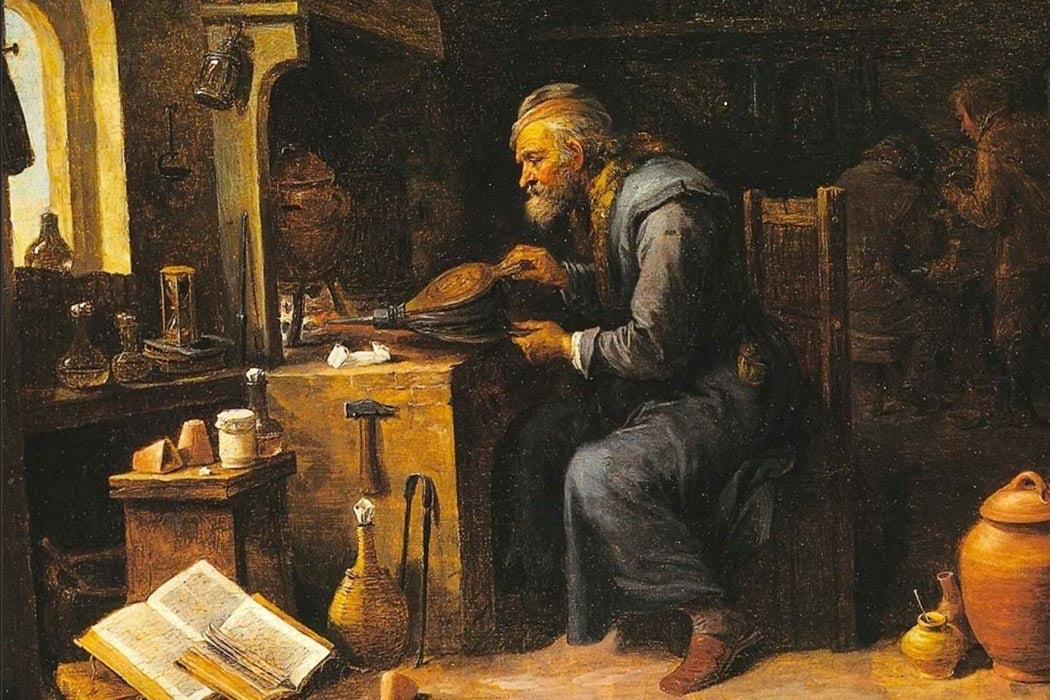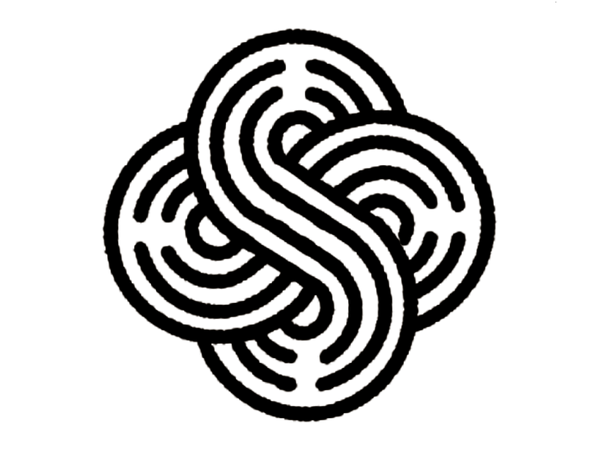
The Cauldron of Transformation: The Mysticism of Resin Burning and Spiritual Alchemy
Awaken To The OneShare
The Mystical Cauldron: A Vessel of Transformation and Spiritual Alchemy
The cauldron has long been a symbol of transformation, magic, and sacred ritual, especially in the context of burning resinous substances like frankincense and myrrh. These fragrant resins have been revered for centuries, and when burned in a cauldron, they hold deep spiritual significance—acting as a bridge between the physical and spiritual realms. Let’s explore the historical significance of the cauldron, its role in resin burning, and the mysticism that surrounds this ancient practice.
The Cauldron: A Sacred Vessel of Transformation
At its core, the cauldron is a symbol of transformation. In various cultures, it represents the womb of the Earth, a place where raw materials undergo metamorphosis, whether it be the brewing of potions, the cooking of food, or, in the case of spiritual rituals, the burning of sacred resins.
Historically, cauldrons have appeared across a range of mythologies, often linked to gods, goddesses, and powerful forces. For instance, in Celtic mythology, the cauldron of the Dagda, a giant and wise figure, was believed to possess the power to restore life. It was associated with abundance, healing, and knowledge. In Norse traditions, cauldrons played a key role in magic, as they were believed to contain secrets of the universe and had the ability to grant wisdom or even immortality.
The use of the cauldron as a vessel for transformation is mirrored in the process of burning resins like frankincense and myrrh. When these resins are placed on a hot surface or in a cauldron, they produce an aromatic smoke that is thought to cleanse spaces, elevate consciousness, and connect practitioners with the divine.
The Significance of Resin Burning: Connecting to the Divine
The burning of frankincense and myrrh goes back thousands of years, reaching across different cultures and spiritual practices. Both resins have been used in religious and spiritual ceremonies, often to purify spaces, invoke deities, and facilitate communication with higher powers.
Frankincense, in particular, has been used in ancient temples, where its smoke was believed to carry prayers to the gods. Its scent was seen as sacred, embodying the very essence of divinity. In Christianity, frankincense is one of the gifts presented to the infant Jesus by the Magi, symbolizing his divine nature. Myrrh, another sacred resin, was used in ancient Egypt for embalming and as an offering in temples. It is believed to bring about healing, protection, and spiritual enlightenment.
When burned in a cauldron, frankincense and myrrh’s smoke rises, filling the air with their sweet, earthy aromas, and providing a sensory experience that elevates the mind and spirit. This burning ritual not only purifies the space but also creates an atmosphere conducive to meditation, prayer, and connection with the unseen realms.
Mysticism and Alchemy: The Cauldron as a Portal
There’s an undeniable mysticism that surrounds the act of burning resins in a cauldron. The cauldron itself is a vessel for change—much like the alchemical process of turning base metals into gold. In alchemical traditions, the cauldron was the tool through which mystical transformations took place. Similarly, when used in spiritual practices, the cauldron becomes a portal where the mundane world and the spiritual world meet, and where personal transformation can occur.
The smoke rising from the cauldron is symbolic of spiritual ascension. It represents the release of earthly attachments and the rising of the soul toward enlightenment. As the resin melts and transforms in the heat, it mirrors the practitioner’s own journey of inner purification. The act of burning resins in a cauldron is an offering to the divine and a way to align oneself with higher frequencies of consciousness.
In many pagan and Wiccan traditions, burning frankincense and myrrh in a cauldron is a part of ritual practices meant to honor the elements—earth, fire, air, and water. The fire provides the heat to transform the resins, the air carries the smoke to the heavens, and the earth is represented by the cauldron itself. Water, too, is often present in rituals, either through the addition of liquid to the cauldron or the symbolic use of water in cleansing practices.
The Ritual of Resin Burning
The ritual of burning frankincense and other resins can be an act of devotion, meditation, or even healing. When performed with intention, it can clear negative energy, promote relaxation, and create an environment of peace and clarity. Here’s a simple way to engage in the practice:
-
Choose Your Resin: Frankincense, myrrh, copal, or sandalwood are popular choices. Each has its own unique properties—frankincense is excellent for spiritual elevation, myrrh for protection and healing, and sandalwood for grounding and calm.
-
Prepare Your Cauldron: A cast-iron cauldron or a fire-safe bowl is ideal for this practice. Place a small amount of charcoal in the cauldron and light it. Wait for the charcoal to glow.
-
Add the Resin: Once the charcoal is hot, place a small amount of resin on top. Watch as it begins to melt, releasing aromatic smoke.
-
Set Your Intention: As the smoke rises, focus on your intention—whether it’s a prayer, affirmation, or a request for divine guidance.
-
Breathe and Reflect: Allow the smoke to fill the room as you sit quietly, breathe deeply, and reflect on your inner journey. The cauldron is a space of sacred connection, and with each breath, you draw closer to your higher self.
In Conclusion
The cauldron for burning frankincense and resins is more than just a ritual tool—it’s a vessel of mysticism, transformation, and divine connection. Whether you’re using it for meditation, prayer, or as part of a larger spiritual practice, the act of burning resins in a cauldron connects you to ancient traditions and creates a space for personal and spiritual growth. In the rising smoke, you not only purify your surroundings, but you also invite transformation within yourself, setting the stage for a deeper connection to the divine and the mysteries of the universe.
